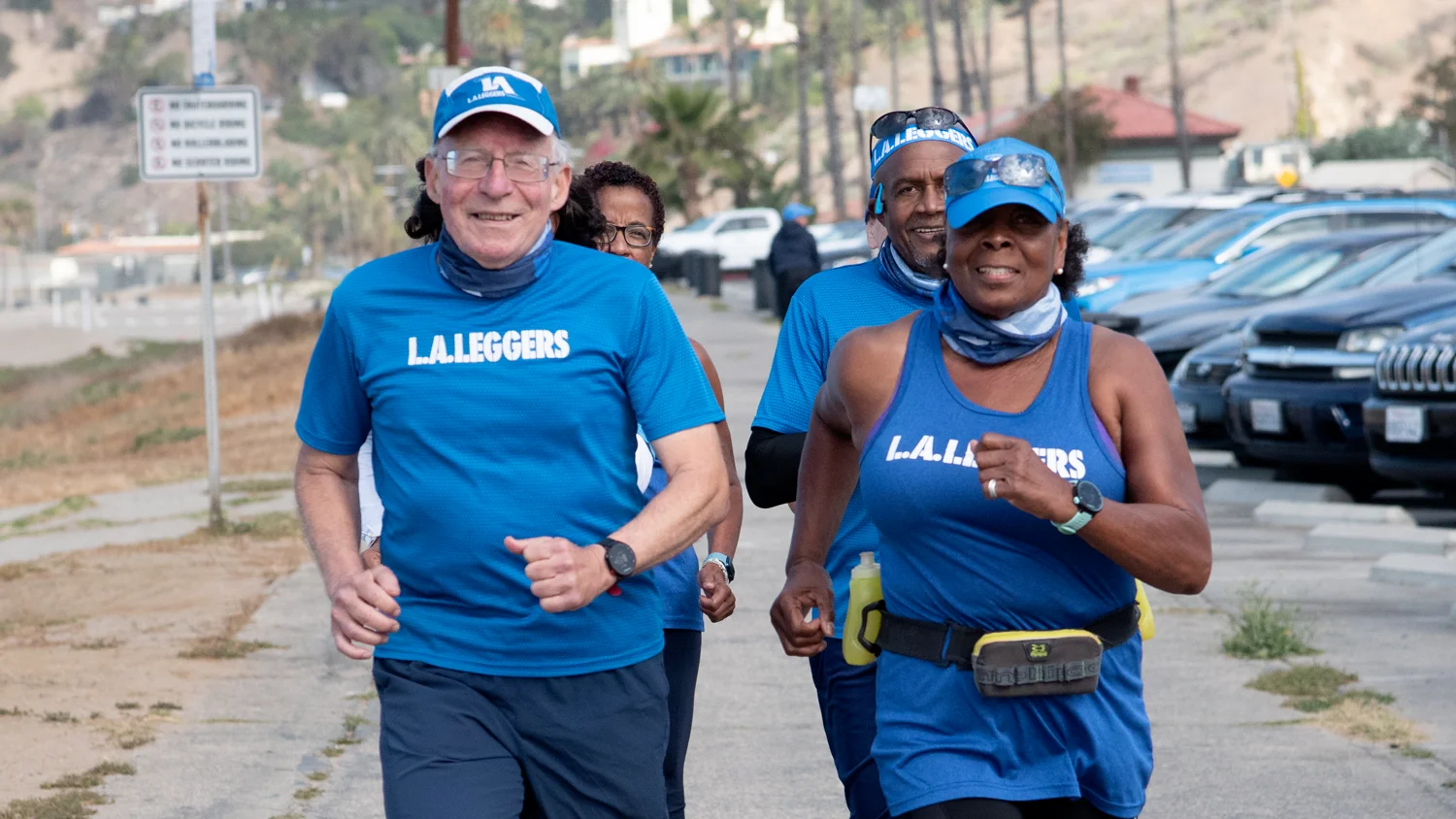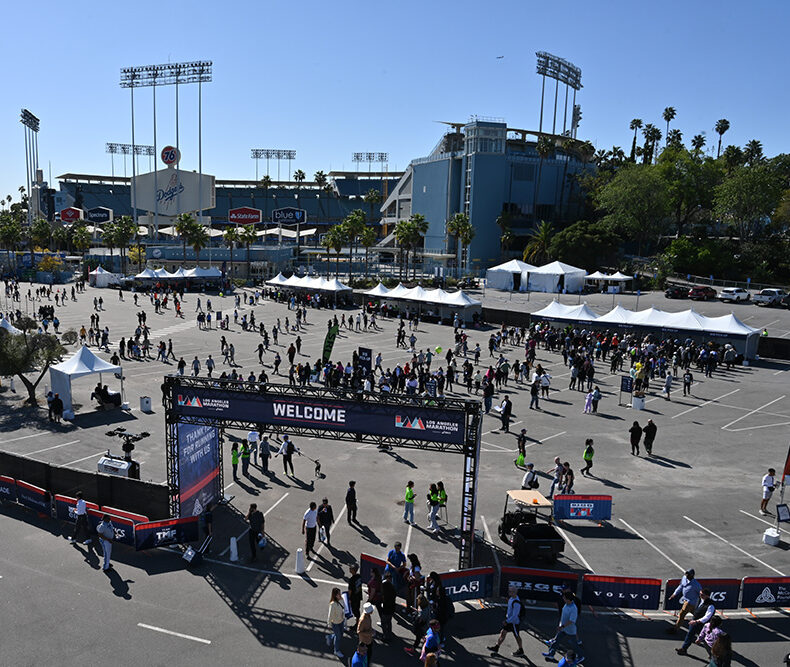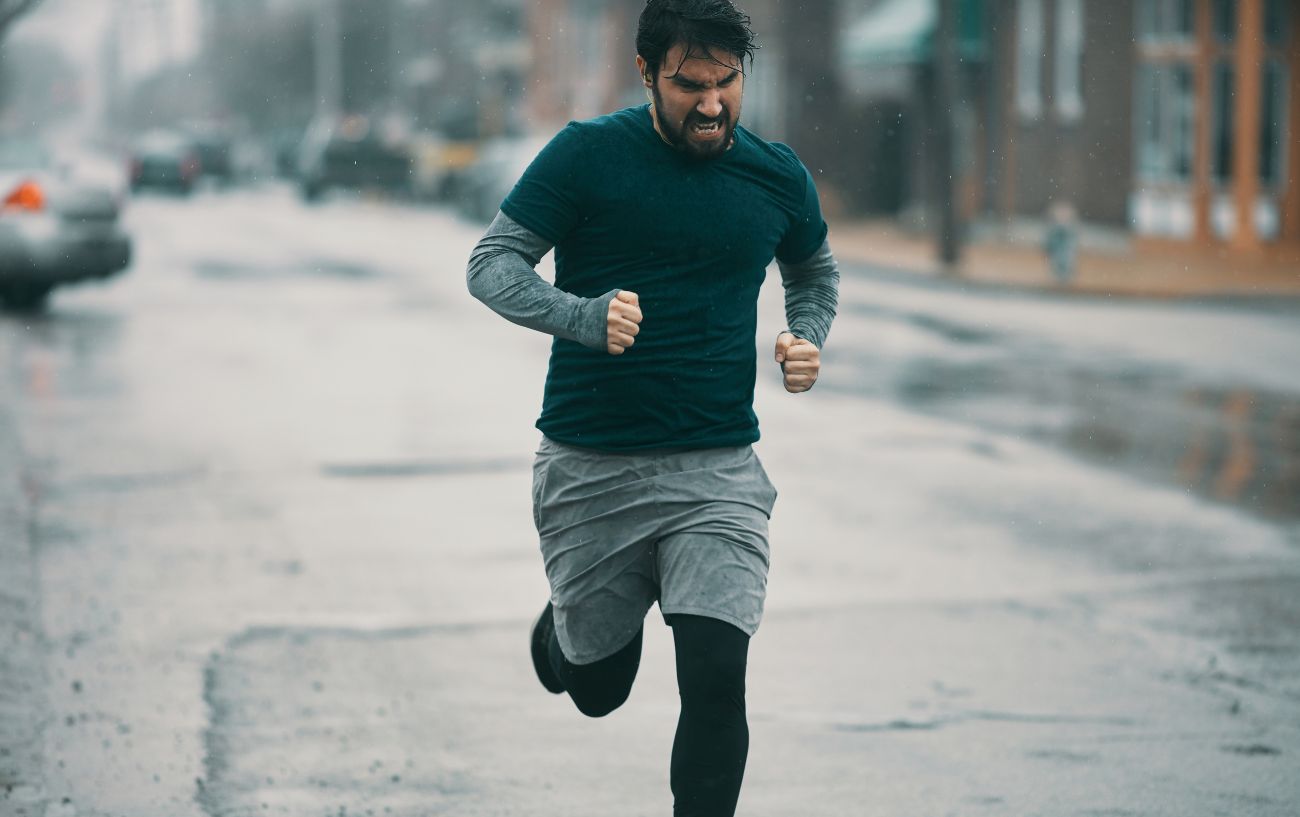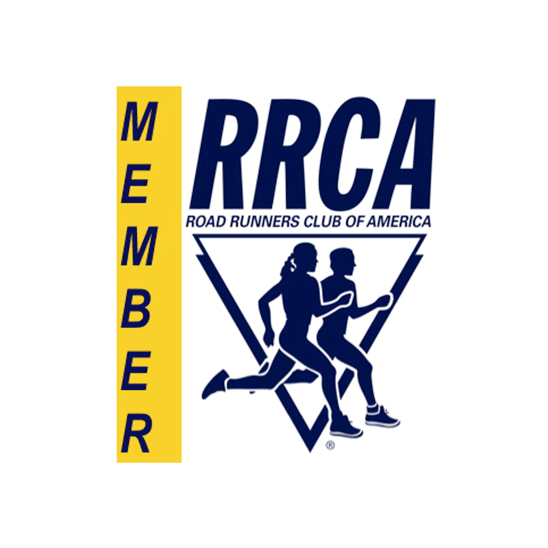If I could not walk far and fast, I think I should just explode and perish.
–Charles Dickens
Well, I don’t know about explode and perish, but I do know that I get great satisfaction knowing that I can go far and fast as a walker and I hope I can give you some techniques that will improve your walking and make you faster as well.
First, you need to know that there are definite techniques for walking. You may think you know how to walk – you’ve been doing that since you were around a year old. But do you know how to walk fast and keep that pace for 26.2 miles or even farther?
You will hear some Leggers mention racewalking and then hear power walking as if those terms are interchangeable – they are not. All racewalkers are power walkers but power walkers are not racewalkers. Racewalking is a very precise method of walking. It is an Olympic event and as such, it is also a judged event. There are clinics on racewalking as well as books written on the subject. However, for this discussion, I am going to only touch on some basic racewalking techniques that can be used by power walkers. And, by the way, for any runners reading this article, if you are using a run/walk method, you can benefit from learning these few techniques which will make your walk break speed a lot faster with little effort thus improving your overall running speed.
Posture is everything. Stand tall. You want to be able to get oxygen into your lungs efficiently and that doesn’t happen if you are slouching. Core strength is important as it will allow you to keep this posture.
Now bend your arms at a 90◦ angle. Keeping your arms bent will give you a faster swing. While your arms do not make you go faster, your feet and arms work in rhythm so the faster and easier you can move your arms back and forth, the faster your feet will move. Also, keeping your arms bent like this helps keep your posture upright. Imagine doing 26.2 miles with your arms down. Before you know it, your shoulders come forward and you are slouching. Additionally, if your arms are down on your sides, you swing is a lot longer (longer = slower). The analogy I use is with your arms at your side, your swing is like a slow pendulum but if your arms are bent, your swing is like a fast piston. This one little change to your walk will make you faster.
Next, to get the most from your arm swing as you bring your arm back, really bring it back (your wrist should come next to your body). When I was starting out, my racewalking coach told me to make believe I was playing cowboys and make a quick draw – that’s about here your hand should be. As you do this, look what happens to your hip. It should swivel forward. The beauty of this simple movement is that your hip swiveling forward allows you to take a longer stride.
This works because as you swing your arm back and your hip swivels and you start to step forward, you will push off with your back leg thus giving you a much longer stride, all the time being in balance.
Racewalkers practice this technique by walking on a line. If you try walking on a line, you will easily understand how this actually works.
Unlike runners, walkers do not put the pounding on their joints to the extent that runners do because we always have one foot on the ground. Runners are airborne so they really put a lot of force each time they bring a foot down. Since we are not airborne, our walking technique is to come down on our heel and roll our foot to our toes and push off with our toes. Believe or not, your toes are very strong. If you are pushing off properly, someone walking behind you should see most of the sole of your shoe.
Those are the basic techniques of fast walking.
When you first start using these techniques, you will feel yourself using muscles you never had used before. Walkers benefit from the same type of dynamic and static stretching that runners do. We also benefit from strength training. Here’s a couple of simple exercises you can do to help build your strength:
- Pushing off requires flexibility in your ankle; one way to work on increasing your ankle flexibility is a pretty easy exercise that can be done sitting and watching television. You want to take one foot off the floor and start tracing the alphabet in the air; first the small letters and then the capital letters; then switch to the other foot. Simple, but effective.
- There are a a number of of core exercises, but one I particularly prefer is to lie flat on the floor with your hands on your sides and bring your legs up hip level, then bring one foot down to the floor and back up and switch to the other foot the whole time making sure to keep you back perfectly flat on the floor – don’t arch your back and make sure your legs are bent at the hip and don’t bring them any further in. It’s an effective core exercise.
I hope you will try to incorporate some (or all) of the techniques I have discussed above. If you are interested in pursuing more racewalking, there are many sources on the internet.
Enjoy your walk!
Maria Fernandez





